Top Stud Stock Services for Improving Sheep Genetics

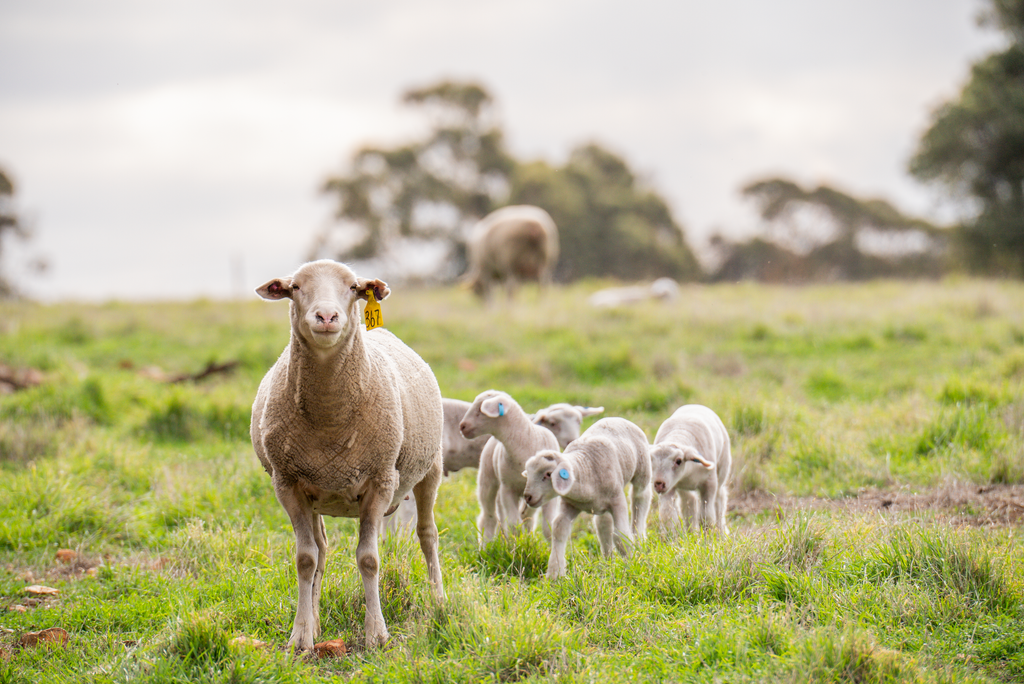
Understanding the Power of Genetic Improvement in Your Flock
Modern sheep farming has evolved far beyond traditional breeding methods, with precision agriculture solutions now capable of increasing sheep farm productivity by up to 25% through strategic genetic improvement. The strategic deployment of stud stock services is not simply an operational expense, it transforms into a calculated investment that drives notable returns through enhanced animal welfare, improved climate resilience, and sustainable farm profitability.
Innovative sheep producers recognise that accessing superior genetics through professional stud stock providers enables data-driven decision-making that fundamentally reshapes flock performance across multiple generations. The shift from pure visual assessment to comprehensive genetic evaluation marks a critical turning point for commercial producers and stud breeders alike. This technology offers unprecedented opportunities to optimise traits, ranging from wool quality and growth rates, to disease resistance and reproductive efficiency. At Farmbuy, we've observed firsthand how forward-thinking producers leverage these advanced breeding services to secure competitive advantages in increasingly demanding markets. Consumers' continuous growth in preferences for quality continue to shape industry standards.
Key Services That Drive Genetic Advancement
Advanced Genetic Selection and Evaluation
The transformation from subjective visual appraisal to objective genetic evaluation has revolutionised sheep breeding. Australian Sheep Breeding Values (ASBVs) now serve as the cornerstone for identifying elite animals with superior genetic merit.
Contemporary genetic selection incorporates sophisticated tools:
- Performance recording systems that track individual animal data across multiple traits
- DNA testing that reveals genetic markers linked to economically important characteristics
- Genomic selection technologies that predict breeding values with remarkable accuracy, even in young animals without progeny records
These genetic evaluation tools for sheep give producers the ability to make informed decisions about growth rate potential, wool quality parameters, fertility improvements, and parasite resistance capabilities. Efficient systems require moving beyond outdated selection methods that relied primarily on phenotypic observation.
The integration of comprehensive data collection with advanced analytical software allows breeders to identify animals whose genetic contributions will accelerate flock improvement across multiple generations. In effect, this will create compounding benefits that extend well beyond immediate production gains. Through partnerships with accredited service providers, producers gain access to national genetic databases and benchmarking systems that contextualise their animals' performance against industry-leading genetics. This move is a key step in keeping selection decisions aligned with market demands and environmental constraints specific to Australian conditions.
Modern Reproductive Technologies Explained
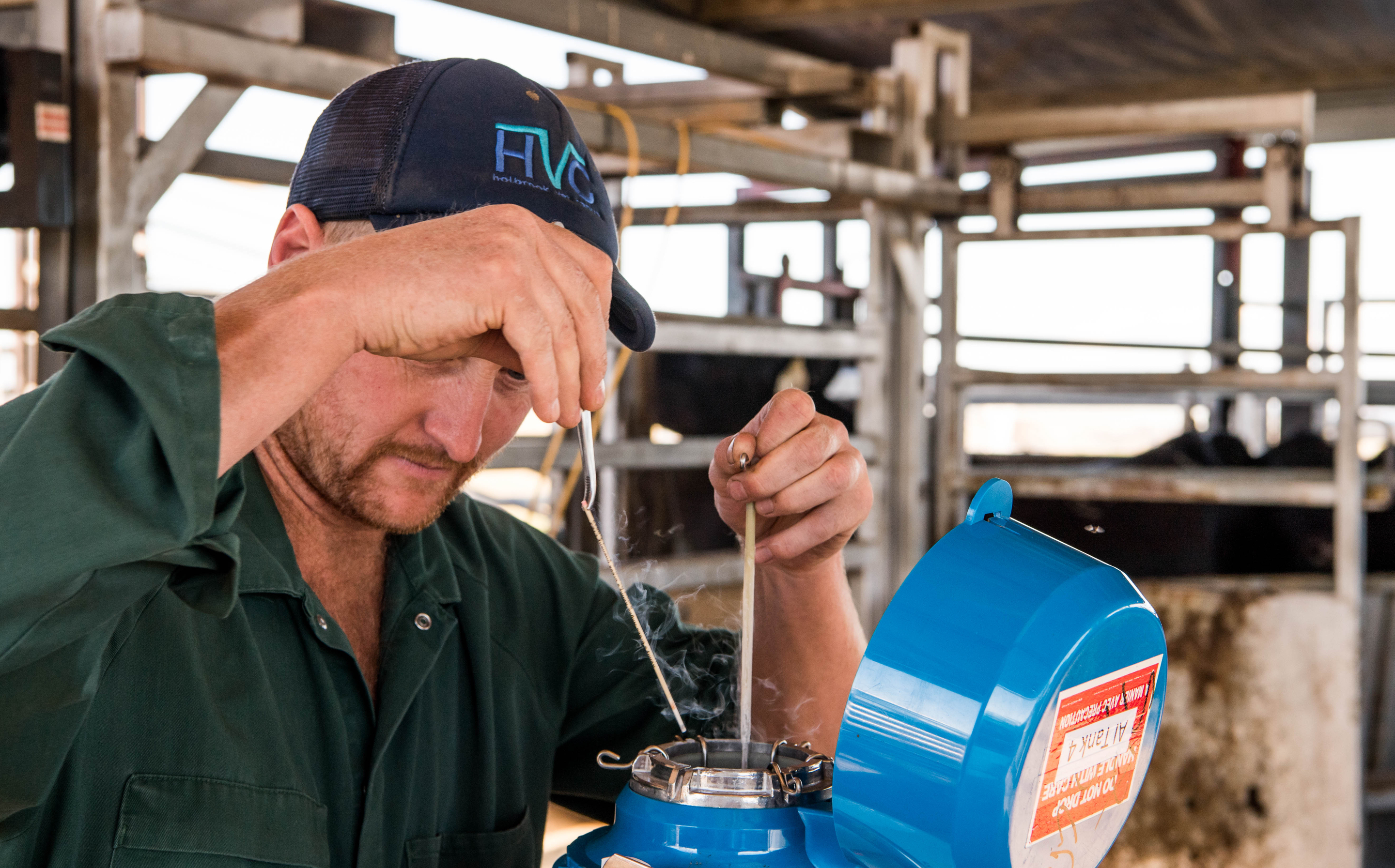

Advanced reproductive technologies have fundamentally transformed the speed and efficiency of genetic improvement in sheep. One process is artificial insemination (AI), which has enabled producers to access prime genetics from premier stud stock operations across Australia without the biosecurity risks and costs associated with live animal transport. The strategic application of AI allows commercial producers to introduce superior genetics for certain traits rapidly. Targeted traits can be improved growth rates, enhanced wool characteristics, or disease resistance,; all achievable while maintaining genetic diversity within their flocks through access to multiple elite sires.
Embryo transfer (ET) technology further amplifies genetic gain by maximising the reproductive output of genetically superior ewes. With this, a single exceptional female could be capable of producing multiple offspring annually through recipient mothers, thereby accelerating the dissemination of valuable genetics throughout the flock.
Supporting services, such as semen collection, evaluation, and cryopreservation, ensure year-round availability of elite genetics. Meanwhile, synchronisation protocols optimise conception rates and enable strategic timing of breeding programmes to align with seasonal market demands and feed availability.
These ovine breeding technologies, when integrated into comprehensive breeding programmes, deliver significant improvements in genetic gain rates that natural mating systems simply cannot achieve, positioning modernised producers at the forefront of industry advancement.
Must Know Tips for an Effective Sheep Breeding Programme
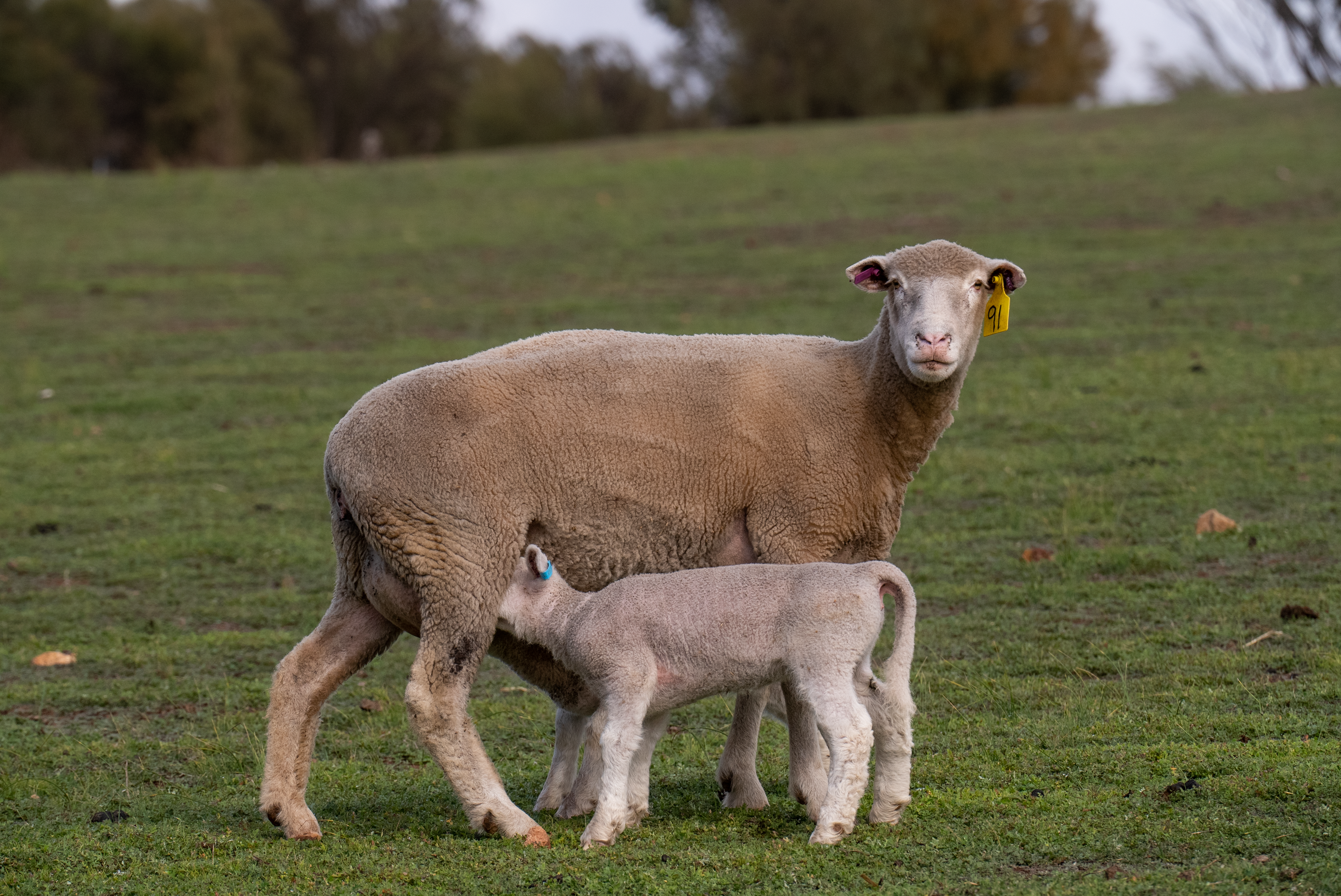
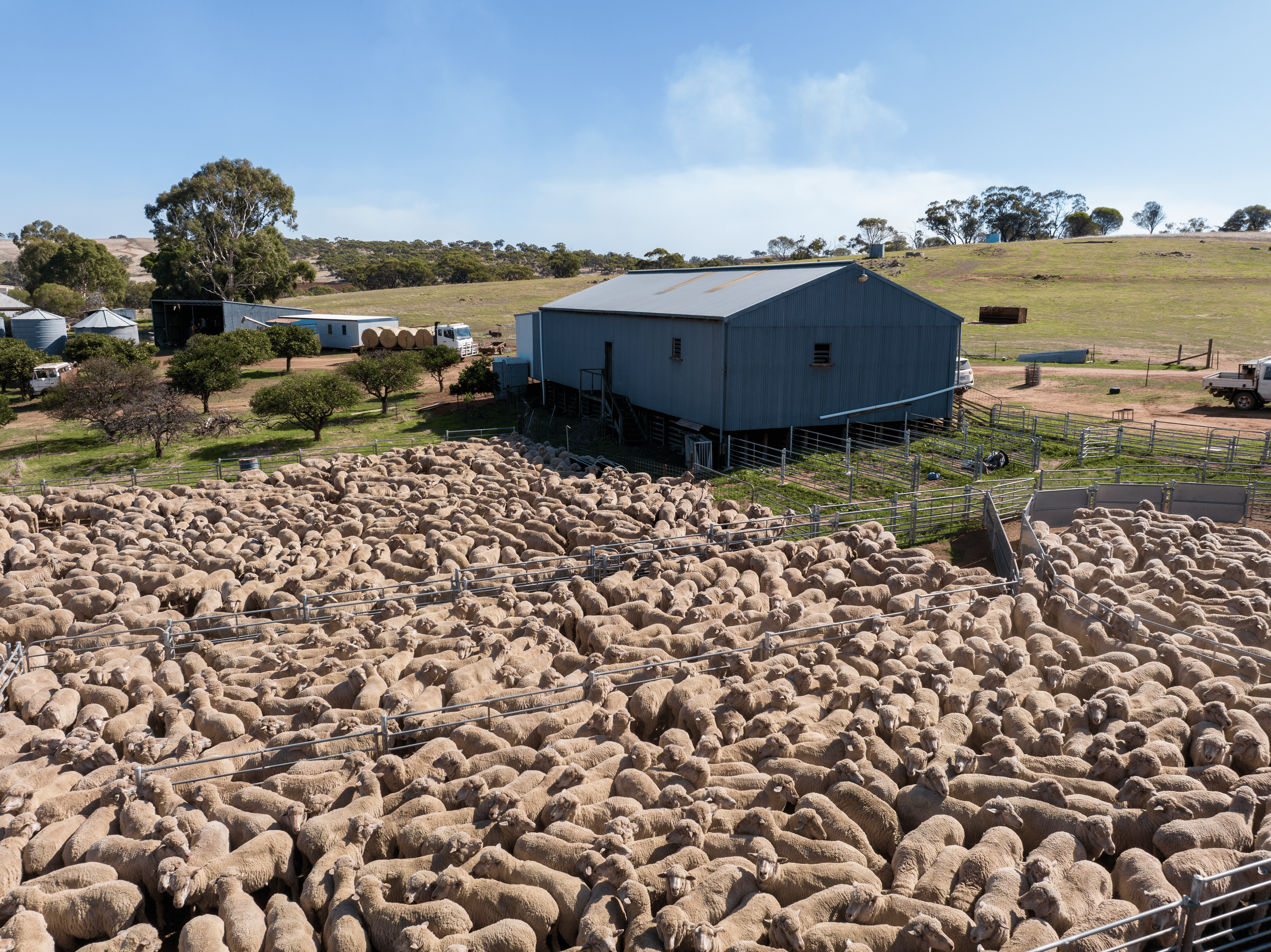
Defining Your Breeding Objectives
Establishing clear and measurable breeding objectives forms the foundation of any successful genetic improvement strategy. Producers must carefully balance market demands, environmental constraints, and production system capabilities when prioritising traits for selection. Whether focusing on increasing lambing percentages, enhancing carcass characteristics, improving wool fineness, or developing parasite resistance, each objective must align with the farm's broader business strategy and resource availability.
Professional stud stock consultants play a crucial role in refining these objectives, bringing industry insights about emerging market trends, genetic correlations between traits, and realistic rates of genetic progress that help producers avoid common pitfalls. A frequent mistake to avoid is single-trait selection that may inadvertently compromise other important characteristics.
Breeding specialists emphasise the importance of documenting breeding objectives formally, establishing baseline measurements for current flock performance, and setting realistic timelines for achieving genetic improvement targets that account for generation intervals and selection intensity. The most successful breeding programmes maintain flexibility to adjust objectives as market conditions evolve, while remaining committed to long-term genetic improvement strategies that build cumulative advantages over time.
How to Identify and Select Elite Breeding Animals
Identifying elite breeding sheep requires a well thought-out approach that combines traditional stockmanship skills with contemporary data analysis. A well-balanced strategy makes sure that selection decisions capture both the observable qualities essential for functional efficiency, and the underlying genetic potential revealed through objective measurement.
The integration of visual assessment for structural soundness (evaluation of feet and leg conformation, jaw alignment, and body capacity) remains fundamental to selecting animals capable of thriving in commercial production environments. ASBV data provides crucial insights into genetic merit for desirable traits that eyes alone cannot predict accurately.
Critical selection criteria should contain more than just production traits. It should also encompass fertility indicators, such as scrotal circumference in rams and pelvic dimensions in ewes; maternal ability reflected in milk production and lamb survival rates, temperament scores that influence handling efficiency and stress susceptibility, and longevity markers that determine lifetime productivity and breeding programme sustainability.
Successful breeders maintain meticulous selection indices that weigh multiple traits according to their importance, ensuring balanced genetic progress that avoids extremes and capturing the full value potential of superior genetics. Through systematic evaluation protocols and disciplined culling strategies, producers progressively elevate their flock's genetic baseline, creating compounding benefits that manifest in improved stud stock sales results and enhanced commercial performance across all parameters.
Analysing Stud Stock Sales Results and Farm Profitability

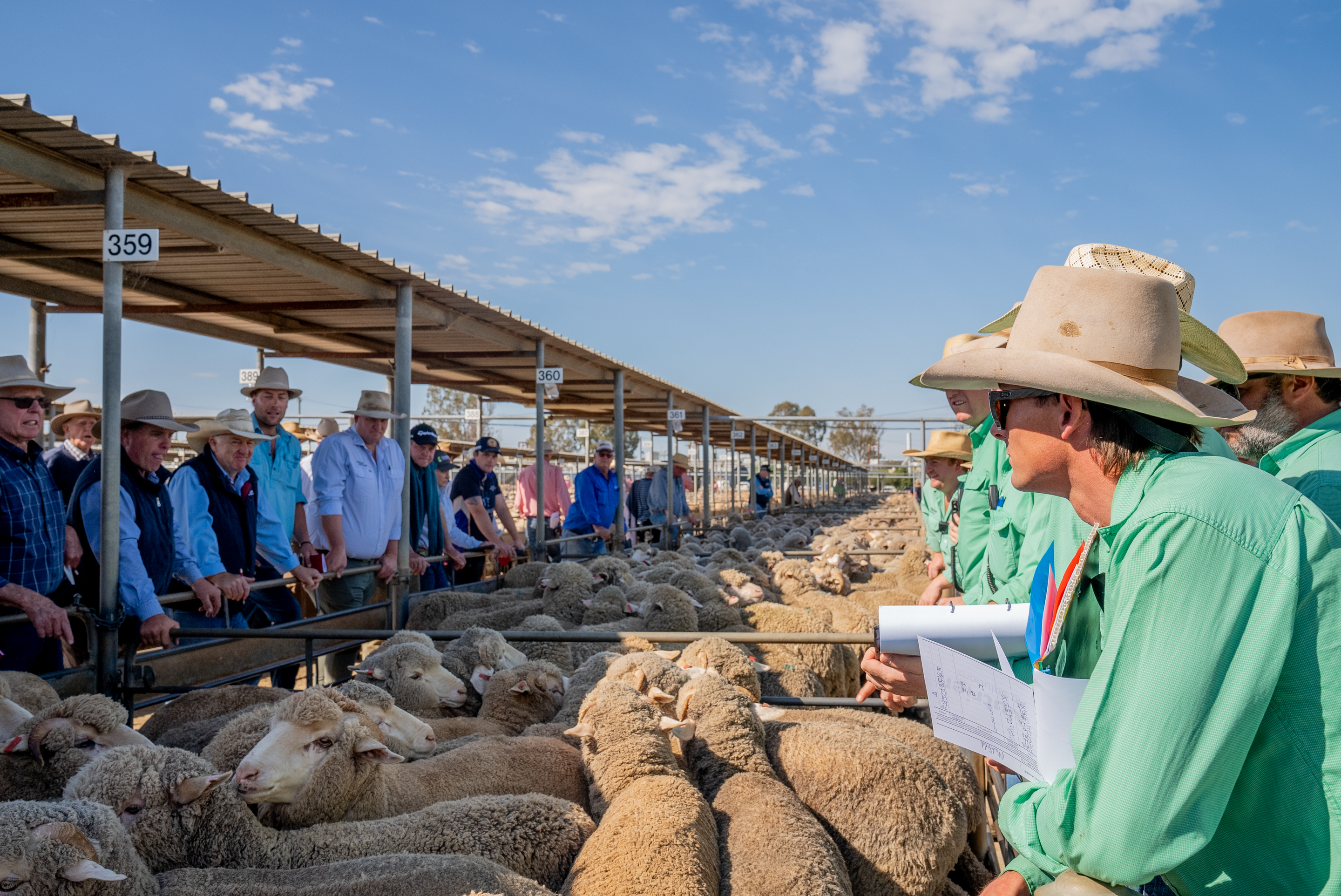
The Link Between Superior Genetics and Profit
Strategic investment in superior genetics delivers quantifiable financial returns through multiple pathways:
- Higher lambing rates increase the number of saleable lambs per ewe
- Faster growth rates reduce the time to market and associated feed costs
- Improved carcass traits command premium prices through better meat yield and quality specifications
- Enhanced wool quality generates higher fleece values in increasingly discriminating markets
- Disease resistance substantially reduces veterinary expenses and stock losses that erode profitability
Recent industry analysis demonstrates that flocks utilising improved genetics consistently achieve 15% improvements in wool production efficiency, while simultaneously reducing input costs through enhanced feed conversion and reduced health interventions. Genetic selection has proven to create dual benefits that significantly impact bottom-line performance.
The cumulative effect of genetic improvement becomes particularly evident when examining whole-farm profitability metrics. Operations investing in superior stud stock consistently outperform industry averages across key performance indicators, which are return on assets, cost per kilogram of product produced, and gross margin per dry sheep equivalent. These outcomes validate the economic wisdom of viewing genetic improvement as a foundational investment, and not an operational expense. This is particularly true when considering the multigenerational benefits that quality genetics deliver through improved progeny performance. When browsing for sheep to purchase, such as on modern marketplaces like Farmbuy, producers who strategically source genetics from proven stud stock providers achieve faster genetic gain rates and superior financial outcomes compared to those relying solely on within-flock selection.
Making a Smart Investment in Your Flock's Future
Approaching genetic improvement as a long-term investment strategy requires careful budgeting that balances immediate cash flow considerations with the substantial returns that superior genetics generate over multiple production cycles and generations.
While premium stud stock commands higher initial prices than average commercial breeding animals, they result in enhanced productivity, improved product quality, and superior stud stock sales results. The return on investment often justifies the additional expenditure within two to three breeding seasons, particularly when genetic gains compound across successive generations.
Integrated service providers offering comprehensive packages that combine genetic evaluation software, performance recording hardware, and ongoing technical support can significantly improve cost-effectiveness. They streamline data management processes and ensure that selection decisions are based on accurate, timely information.
Modern producers increasingly recognise that investing in genetics represents one of the few permanent improvements they can make to their farming operation. Genetic gains remain in the flock indefinitely, unlike temporary improvements from management changes or nutritional interventions. Implementing stud stock services to your sheep purchase on Farmbuy enables you to compare genetics, evaluate service offerings, and make informed investment decisions that align with your production goals and financial parameters.
Final Thoughts on Your Genetic Improvement Journey
The transformation of sheep enterprises through strategic genetic improvement has consequently converged traditional breeding wisdom and contemporary scientific advancement. Developments in genetics offer producers unprecedented opportunities to enhance flock performance, profitability, and sustainability simultaneously.
Success in this journey begins with establishing clear breeding objectives that reflect market realities and production system capabilities. It is important to leverage cutting-edge reproductive technologies and genetic evaluation tools to accelerate progress, and partner with expert stud stock service providers who bring elite genetics and invaluable technical expertise. The Australian sheep industry is constantly evolving to meet changing consumer demands and environmental challenges.
Producers who embrace data-driven genetic improvement strategies position themselves at the forefront of sustainable intensification, capturing premium market opportunities while reducing production risks through enhanced animal health and resilience. The integration of comprehensive breeding programmes with modern management systems creates synergistic benefits not only in individual animal performance, but also encompassing whole-farm efficiency, environmental stewardship, and long-term business viability in increasingly competitive global markets. Farmbuy remains committed to connecting sheep producers with the premium stud stock services and genetic resources essential for achieving ambitious breeding goals and securing competitive advantages in dynamic agricultural markets.
Frequently Asked Questions
How do I start improving my sheep's genetics?
Begin by establishing clear, measurable breeding objectives that align with your market and production system, then implement accurate performance recording systems to collect objective data on your current flock. Consulting with a genetic specialist helps identify the most appropriate selection tools and breeding strategies for your particular situation, whether utilising ASBVs, genomic testing, or traditional evaluation methods.
What are the most important traits to select for?
Priority traits depend on your production system and market focus, but commercially important characteristics usually include fertility measured by lambing percentage, growth rate affecting time to market, carcass qualities like muscle depth and fat distribution, and fleece parameters such as micron and staple strength, with increasing emphasis on disease and parasite resistance for sustainable production.
Is genomic selection expensive?
Whilst genomic testing requires upfront investment, costs have decreased substantially as technology has matured. The enhanced accuracy of genetic predictions, particularly for young animals without progeny data, typically delivers strong returns through accelerated genetic gain and more reliable selection decisions.
What is the success rate of artificial insemination in sheep?
Success rates vary depending on the technique employed. Laparoscopic insemination achieves higher conception rates than cervical methods, whilst factors including semen quality, ewe condition, and synchronisation protocols significantly influence outcomes. However, continuous technological improvements are steadily enhancing results across all methods.
How do ASBVs work?
Australian Sheep Breeding Values estimate an animal's genetic potential by analysing performance data from the individual, its relatives, and genomic information where available. This metric provides objective predictions of breeding value that are far more accurate than visual assessment or single-record selection.
What is the difference between stud breeding and commercial breeding?
Stud breeders focus on producing genetically elite rams and ewes for sale to other producers, maintaining detailed pedigree records and participating in genetic evaluation programmes. Commercial breeders purchase these superior animals to improve their production flocks primarily for meat or wool harvest.
How can genetic improvement help with climate resilience?
Genetic selection identifies and propagates animals demonstrating superior adaptation to environmental challenges including heat tolerance, water efficiency, and parasite resistance. It reduces dependence on chemical interventions whilst maintaining productivity under variable climatic conditions.
What records should I keep for my breeding programme?
Essential records include individual animal identification through electronic tags, complete pedigree information, birth dates and types, weights at key ages, fleece measurements, health treatments, and reproductive performance data. Altogether, they form the foundation for accurate genetic evaluation and informed selection decisions.







